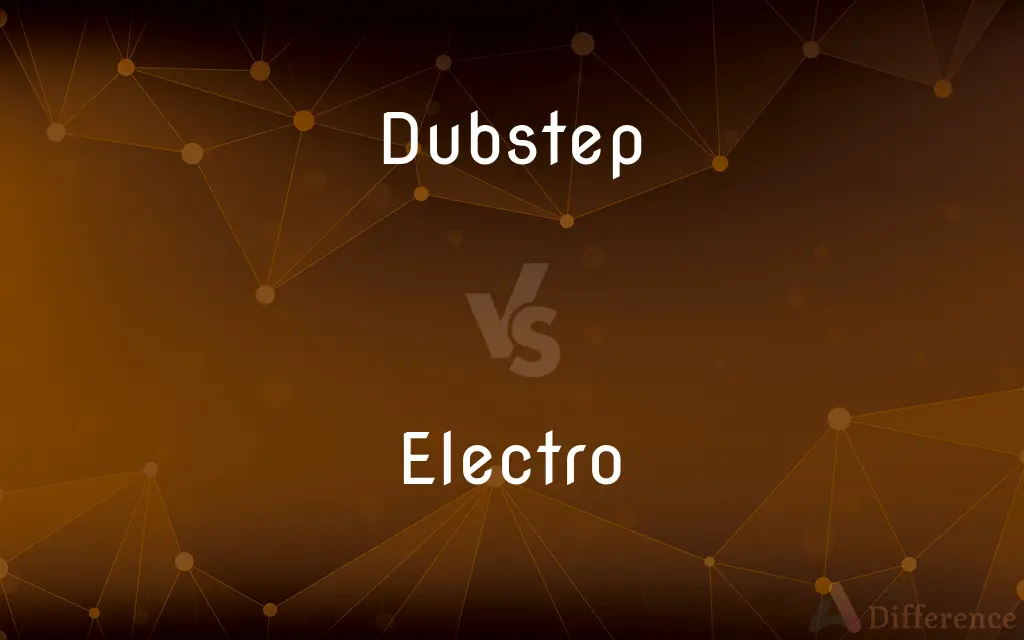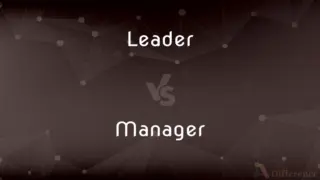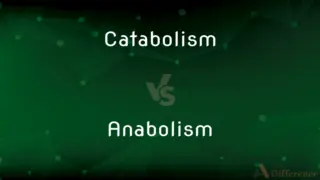Dubstep vs. Electro — What's the Difference?
By Tayyaba Rehman & Urooj Arif — Updated on May 4, 2024
Dubstep is characterized by its heavy bass and syncopated rhythm, typically around 140 bpm, while electro focuses on rich synthesizer melodies, futuristic sounds, and a steady beat usually around 128 bpm.

Difference Between Dubstep and Electro
Table of Contents
ADVERTISEMENT
Key Differences
Dubstep emerged from South London's early 2000s underground scene, known for its sparse, syncopated rhythms and emphasis on bass. In contrast, electro originated in the early 1980s, drawing on elements of funk and synthesized pop, marked by its straightforward, danceable beats and heavy use of synthesizers.
Dubstep tracks often feature wobble basslines, where the sound of the bass rhythmically modulates, creating a distinctive "wobble" effect. Whereas, electro music incorporates robotic and metallic sounds, emphasizing a futuristic and electronic aesthetic that does not typically include such modulation.
Tempo plays a significant role in distinguishing these genres. Dubstep generally operates at 140 beats per minute (bpm), often with a half-time feel that makes the music seem slower and more pronounced. On the other hand, electro usually moves at a steadier pace of around 128 bpm, providing a consistent groove conducive to dance.
The cultural contexts of these genres also differ. Dubstep is frequently associated with the darker, more experimental side of electronic music and enjoys popularity in both underground and mainstream circles. Meanwhile, electro is often seen as retro-futuristic, enjoying revival phases and influencing a broad range of electronic music styles.
Production techniques also vary greatly. Dubstep productions tend to emphasize sub-bass content and utilize space in the mix, creating a brooding atmosphere. Electro, however, often features denser arrangements with brighter, more immediate textures to maintain a lively and engaging sound.
ADVERTISEMENT
Comparison Chart
Origin
Early 2000s, South London
Early 1980s, influenced by funk and synth-pop
BPM
Typically around 140
Typically around 128
Key Sounds
Wobble bass, sub-bass, sparse beats
Robotic sounds, rich synthesizer melodies
Rhythm
Syncopated, often half-time feel
Steady, danceable beat
Cultural Association
Underground and experimental, darker themes
Retro-futuristic, broadly influential
Compare with Definitions
Dubstep
Characterized by wobble bass and sparse, syncopated drum patterns.
The dubstep song featured a deep, pulsating wobble bass that dominated the track.
Electro
A type of electronic dance music that incorporates funk and synthesized pop elements.
Electro classics from the 1980s like Afrika Bambaataa's Planet Rock influenced countless genres.
Dubstep
Generally plays at 140 bpm with a distinctive half-time rhythm.
Despite its fast tempo, the dubstep track felt slow and heavy due to its half-time drum pattern.
Electro
Known for its futuristic themes and wide influence on electronic music.
Electro music often feels like a throwback to the 1980s' visions of the future.
Dubstep
A type of electronic dance music known for its heavy use of bass and intricate rhythms.
Skrillex's tracks brought dubstep into the mainstream with their aggressive bass drops.
Electro
Features synthesized melodies and futuristic, metallic sounds.
The electro track had a catchy synthesizer melody overlaid with robotic vocal effects.
Dubstep
Often associated with darker, more experimental music scenes.
Dubstep originated from the darker edges of London's electronic music scene.
Electro
Usually set around 128 bpm, ideal for steady dancing.
The electro beat was consistent and fast-paced, keeping the dance floor energetic.
Dubstep
Focuses on sub-bass frequencies and the use of space in the mix.
The dubstep producer used extensive sub-bass that resonated through the club's sound system.
Electro
Utilizes bright synth textures and dense arrangements.
The electro song featured layered synthesizer lines and a thick bassline to maintain a lively sound.
Dubstep
Dubstep is a genre of electronic dance music that originated in South London in the early 2000s. It is generally characterised by sparse, syncopated rhythmic patterns with prominent sub-bass frequencies.
Electro
An electrotype.
Dubstep
A subgenre of electronic dance music descended from 2-step garage that was popular in the early 2010s, characterized by its dark mood, sparse half-step and two-step rhythms, and emphasis on sub-bass.
Electro
An electronic style of hip hop; electrofunk.
Electro
(archaic) To electrotype.
Electro
An electrotype.
Common Curiosities
What defines the sound of dubstep?
Dubstep is defined by its heavy bass, sparse rhythmic patterns, and wobble bass effects.
What type of atmosphere do dubstep and electro music create?
Dubstep often creates a darker, more brooding atmosphere, while electro is more upbeat and futuristic.
How do the sounds of dubstep and electro differ?
Dubstep focuses on bass and space in the mix, with wobble bass as a key feature, while electro emphasizes rich synthesizer melodies and robotic sounds.
What cultural associations do dubstep and electro have?
Dubstep is associated with the underground and experimental scenes, while electro is seen as retro-futuristic and widely influential.
How is electro different from dubstep in terms of rhythm?
Electro features a steady, danceable beat, while dubstep uses syncopated, often half-time rhythms that give a slower feel.
Can dubstep be considered a type of electro?
No, dubstep and electro are distinct genres, each with unique characteristics and historical backgrounds.
What production techniques are distinctive to dubstep?
Dubstep productions focus on deep sub-bass and the strategic use of sonic space.
What role does tempo play in the identity of dubstep and electro?
Tempo is crucial; dubstep's slower, heavier feel contrasts sharply with electro's consistent, faster pace.
What are common tempo ranges for dubstep and electro?
Dubstep is typically around 140 bpm, whereas electro is around 128 bpm.
Where did dubstep and electro originate?
Dubstep originated in South London in the early 2000s, while electro started in the early 1980s, influenced by funk and synthesized pop.
Why might a listener choose electro over dubstep?
A listener might prefer electro for its consistent beat and danceability, especially in a lively social setting.
How do the themes of dubstep and electro music typically differ?
Dubstep often explores darker themes, while electro typically has a lighter, more futuristic vibe.
Can electro and dubstep be mixed in DJ sets?
Yes, DJs often mix both genres in sets, utilizing their unique elements to energize and vary the musical experience.
Are there specific dance styles associated with dubstep and electro?
Yes, each genre has inspired specific dance styles suited to their rhythms and beats.
What technological advancements have influenced dubstep and electro?
Advances in music production software and synthesizer technology have significantly shaped the development of both genres.
Share Your Discovery

Previous Comparison
Leader vs. Manager
Next Comparison
Catabolism vs. AnabolismAuthor Spotlight
Written by
Tayyaba RehmanTayyaba Rehman is a distinguished writer, currently serving as a primary contributor to askdifference.com. As a researcher in semantics and etymology, Tayyaba's passion for the complexity of languages and their distinctions has found a perfect home on the platform. Tayyaba delves into the intricacies of language, distinguishing between commonly confused words and phrases, thereby providing clarity for readers worldwide.
Co-written by
Urooj ArifUrooj is a skilled content writer at Ask Difference, known for her exceptional ability to simplify complex topics into engaging and informative content. With a passion for research and a flair for clear, concise writing, she consistently delivers articles that resonate with our diverse audience.
















































